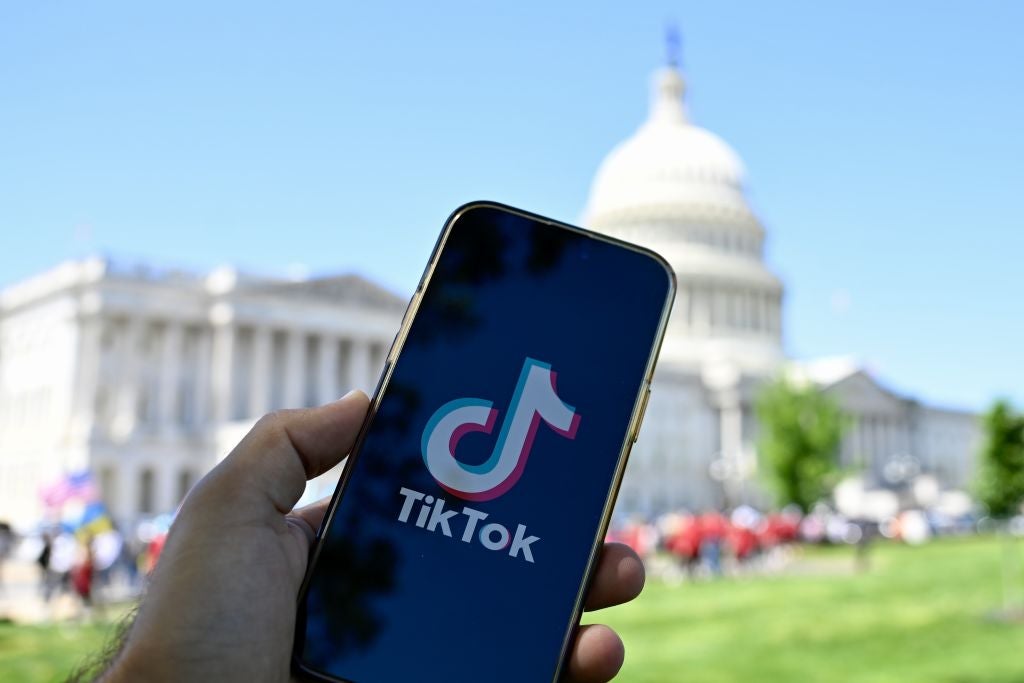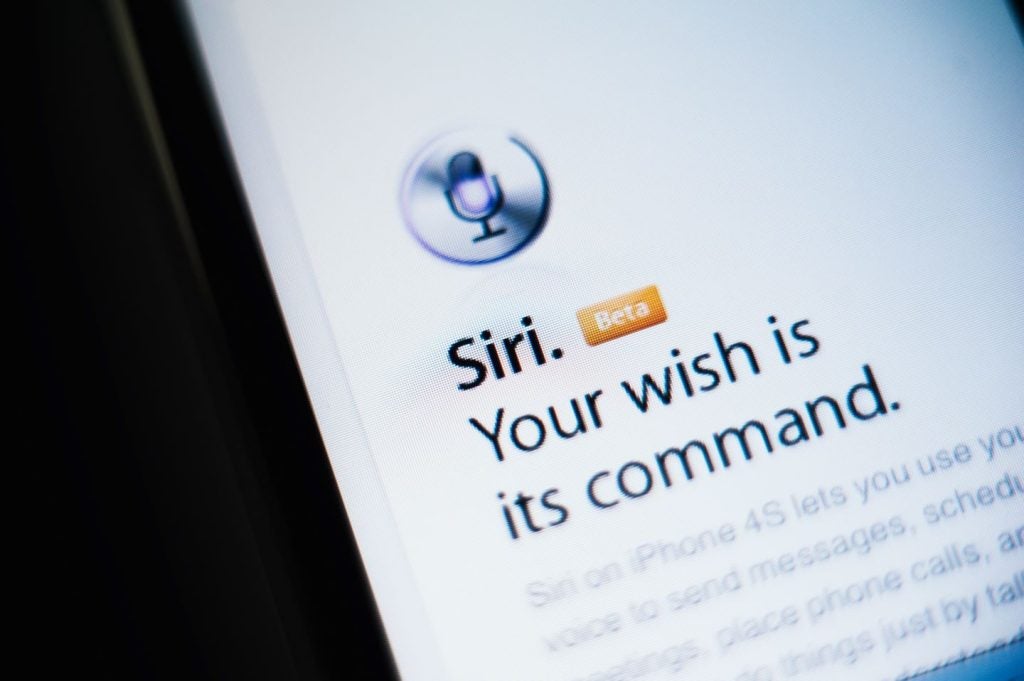
Wireless spectrum has always been the lifeblood of the mobile carrier industry. However, it wasn’t until 4G came along that specific frequencies proved vital to deployments. Mid-band spectrum like 2.5 GHz offers up higher data speeds and adequate coverage, while low-band spectrum like the 700 MHz band offers long-range coverage.
Now 5G is coming, and the industry has to tap into a wide range of spectrum bands – from sub-1 GHz to millimeter wave frequencies up to the 40 GHz range. This includes licensed, unlicensed and shared spectrum. It is needed to meet all that 5G promises around high-speed data, connected cars and more.
But carriers must begin 5G deployments with whatever spectrum is available to them. In Europe, carriers largely have access to mid-band spectrum in the 3-GHz range. This is considered an ideal starting point for 5G because of the band’s ability to deliver both high-speed data and decent coverage.
Merger delays leave the wireless spectrum picture less clear
In the US, mid-band spectrum is scarce, leaving AT&T and Verizon to start with mmWave deployments. These offer very high data rates but offer extremely limited coverage that barely encompass city blocks. Sprint has an ample amount of the coveted mid-band spectrum and has rolled out service in a handful of markets, while T-Mobile has both mmWave and low-band spectrum.
If T-Mobile and Sprint are allowed to merge, they will have a large portfolio of mid-band and low-band wireless spectrum dedicated to 5G. As it stands, the merger is delayed because of objections from individual states. This is because they are concerned about the merger’s impact on competition.
C-band auction promises more problems
U.S. regulators are scrambling to release the coveted mid-band spectrum, known as C-band, for auction.
How well do you really know your competitors?
Access the most comprehensive Company Profiles on the market, powered by GlobalData. Save hours of research. Gain competitive edge.

Thank you!
Your download email will arrive shortly
Not ready to buy yet? Download a free sample
We are confident about the unique quality of our Company Profiles. However, we want you to make the most beneficial decision for your business, so we offer a free sample that you can download by submitting the below form
By GlobalDataHowever, this spectrum is occupied by satellite operators. The Federal Communications Commission aims to auction this spectrum by next year. Unfortunately there is no agreed-upon way to relocate these companies, and they aren’t likely to go without significant compensation.
An auction delay will have a reverberating impact. Verizon would experience the heaviest blow from any significant delays in the C-band auction. It must rely on its mmWave deployments with limited coverage and a new innovation called dynamic spectrum sharing (DSS). The latter will allow Verizon to deploy 5G in its low-band spectrum that is used for 4G.
It can then dynamically move between the two technologies as needed. AT&T has low-band spectrum that it will use for a widespread 5G deployment, and T-Mobile could be forced to bid at auction if it is not allowed to merge with Sprint.






